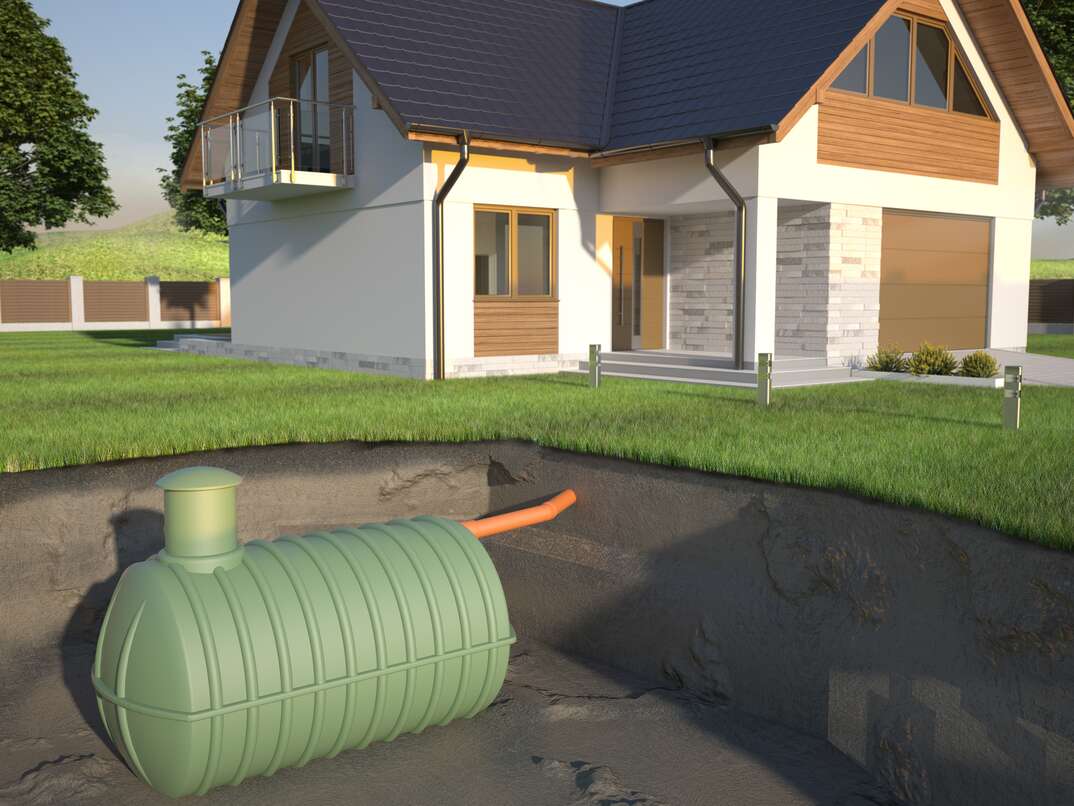Certain aspects of home ownership are usually hidden until they become a problem. The septic tank is among that is a crucial but frequently ignored part of a house. It’s easy to think that it will perform its job well without any maintenance. But, as with any other system, septic tanks have a lifespan, and eventually they’ll require to be replaced.

The cost to replace the septic tank can be the biggest financial burden for homeowners who are not prepared. The total cost is determined by many aspects, which is why it’s crucial to set aside money for a new system.
Understanding the true septic system cost to replace the tank requires considering many factors beyond the obvious price tag. It’s not simply an issue of taking out the old tank and putting in the new one. The price will be influenced by a variety of services and components. Each step, ranging from obtaining permits, hiring professionals and excavation to installation, will cost money. Homeowners should budget accordingly.
One of the primary considerations is the septic tank replacement cost itself, including the cost to install septic tank and leach field. The cost of a new tank can vary significantly depending on the size and materials of the tank, and also the complexity of the installation. In addition, the location of your property, the local laws, and soil conditions will also influence the cost. Talk to a septic expert to evaluate your needs and receive an exact estimation. They will take into account aspects like the size and design of your leach field, and will provide that you have a complete understanding of the total expense when replacing your septic system. project.
Alongside the tank the other major expense is the leach field, also known as a drainfield. It is essential to the treatment and dispersal of water. It is vital to be cautious when replacing a damaged or defective leachfield, or one that has failed. It can have a significant impact on the cost of replacing a septic system. Factors like the size of the leach field soil composition and accessibility all impact the price, so it is crucial to take these aspects into consideration when formulating the total cost.
The homeowners must take into consideration the expenses that will be incurred by replacing the septic tank. This process can impact your day-to-day routine, requiring you to temporarily vacate your residence or limit consumption of water during installation. This inconvenience should be considered when planning the project, as it can affect your day-to-day routine and lead to additional costs.
It is also important to be aware the importance of regular maintenance and upkeep of your septic system is essential to prolong its lifespan and minimize the chances of premature replacement. Inadequately performing routine maintenance could result in more serious issues in the future, including damage to drainfields, or even tank failure. It is advisable to include septic system expenses within your budget. This will allow you to save money.
By now, you may be aware that determining the total cost of septic tank replacement is not an easy job. The cost of replacing your septic tank is determined by a variety of variables. This includes the dimensions, materials and complexity of installation and the condition of the leach field. Additionally, the location of your home and local rules can affect the overall cost. To get a precise cost estimate, you should consult with a professional who has experience with septic repair.
If you’re looking to replace your septic system, you could be stunned by the hidden expenses. These costs can accumulate quickly, which is why it’s crucial to be aware before you make a decision.
The hidden costs associated with the replacement of septic systems are:
The cost of inspections and permits. You’ll have to get permits from your local government prior to beginning construction on your septic replacement. These permits are costly and you may need to pay for inspections.
The cost of removal and excavation. Before the new system can be put in place, it’s necessary to remove and excavate the old system. This is a cost-effective process, particularly if the old system is in a difficult-to-access area.
The cost of backfilling and grading. Once the old system has been taken away, it will be necessary to grade and backfill the hole. This ensures that your new system drains in the correct way.
Costs of landscaping. Once the new system has been installed, you may need to plant some trees to make your area appear neat and tidy. It could be costly, particularly if a landscaping professional is needed.
When you plan to replace your septic tank, make sure to factor in these hidden costs. By doing so, you can be sure to avoid surprises later on.
Eco-friendly septic systems are a great option for homeowners who have only a small budget. These eco-friendly septic systems are not only cost-effective alternatives to traditional systems, but also help protect the environment by reducing runoff and water pollution. These green solutions are becoming affordable and readily available. They’re the ideal choice for those looking to reduce their environmental footprint while not breaking the bank. While there are cost-related initial expenses associated with converting to an eco system, the savings in time will more than make up for the initial costs. Green living is not simply a fashion statement, it’s an essential choice in lifestyle that every person should consider if they want to ensure the sustainability of our world. With the right systems in place, you’ll be able to give yourself peace of mind knowing that you’re doing your part for the global community while also making sure that your home is functional and efficient with minimal maintenance requirements and lower monthly expenses.